How to avoid candle tunneling – 4 steps to ensure an even burn
Say goodbye to uneven wax and flooded wicks with these four candle-burning tips
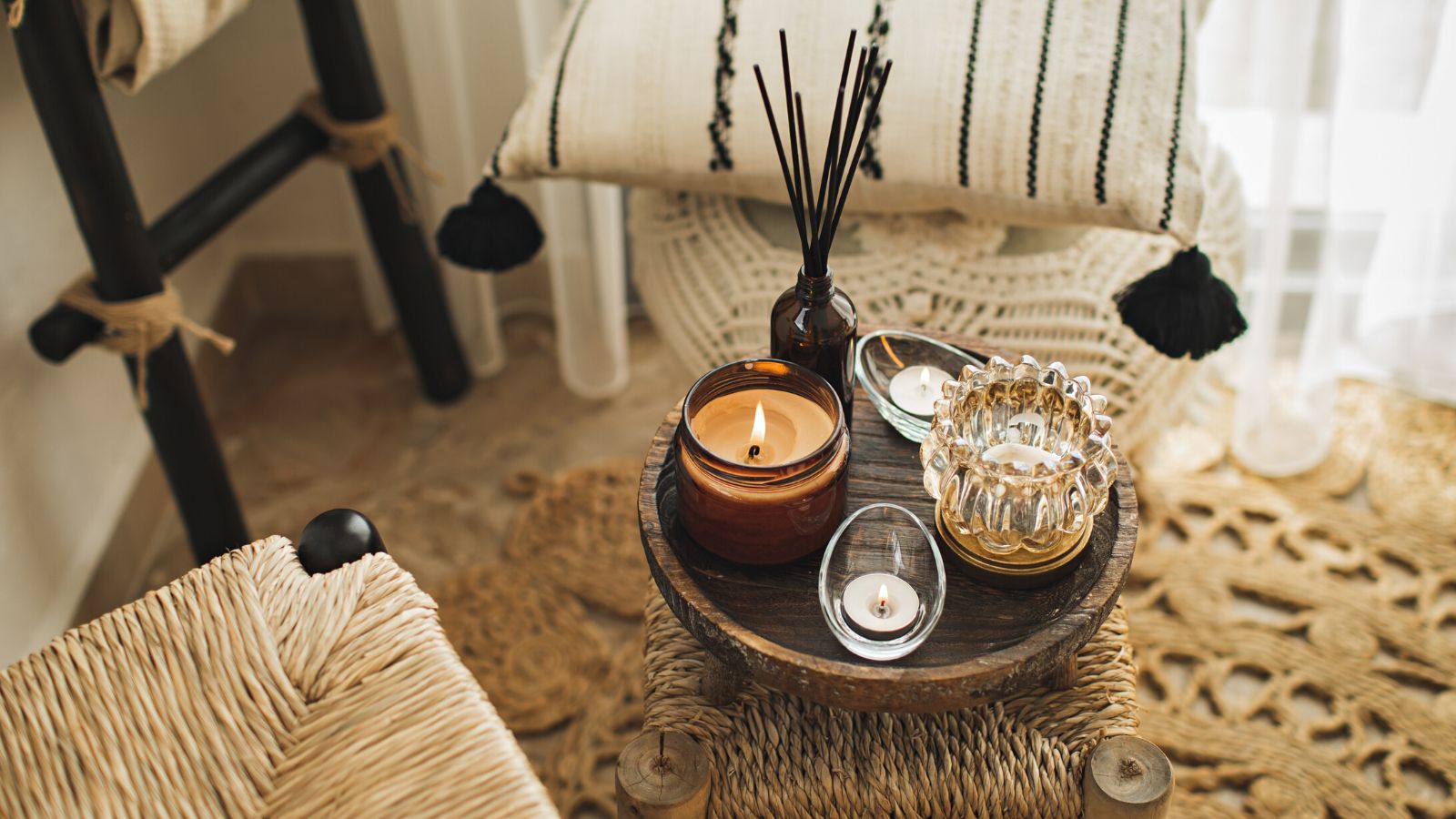

When you invest in a quality candle, you expect to get good use out of it. Great fragrance, a satisfying burn, and an even melt. However uneven burning and tunneling can quickly leave us disappointed. This begs the question, how do you avoid candle tunneling?
Here, candle experts explain how to avoid candle tunneling to keep your candles looking and performing their best every time you light them.
To help you get the most out of your best candles, it’s important to brush up on the candle-burning mistakes to avoid to burn them properly from the start, helping you to get the most out of your investment – and your relaxation time.
How to avoid candle tunneling
Following a proper candle care guide is key to maximizing the lifespan of your best candles and ensuring your wax melts evenly. Here is how the pros manage it every time.
1. Invest in high-quality candles
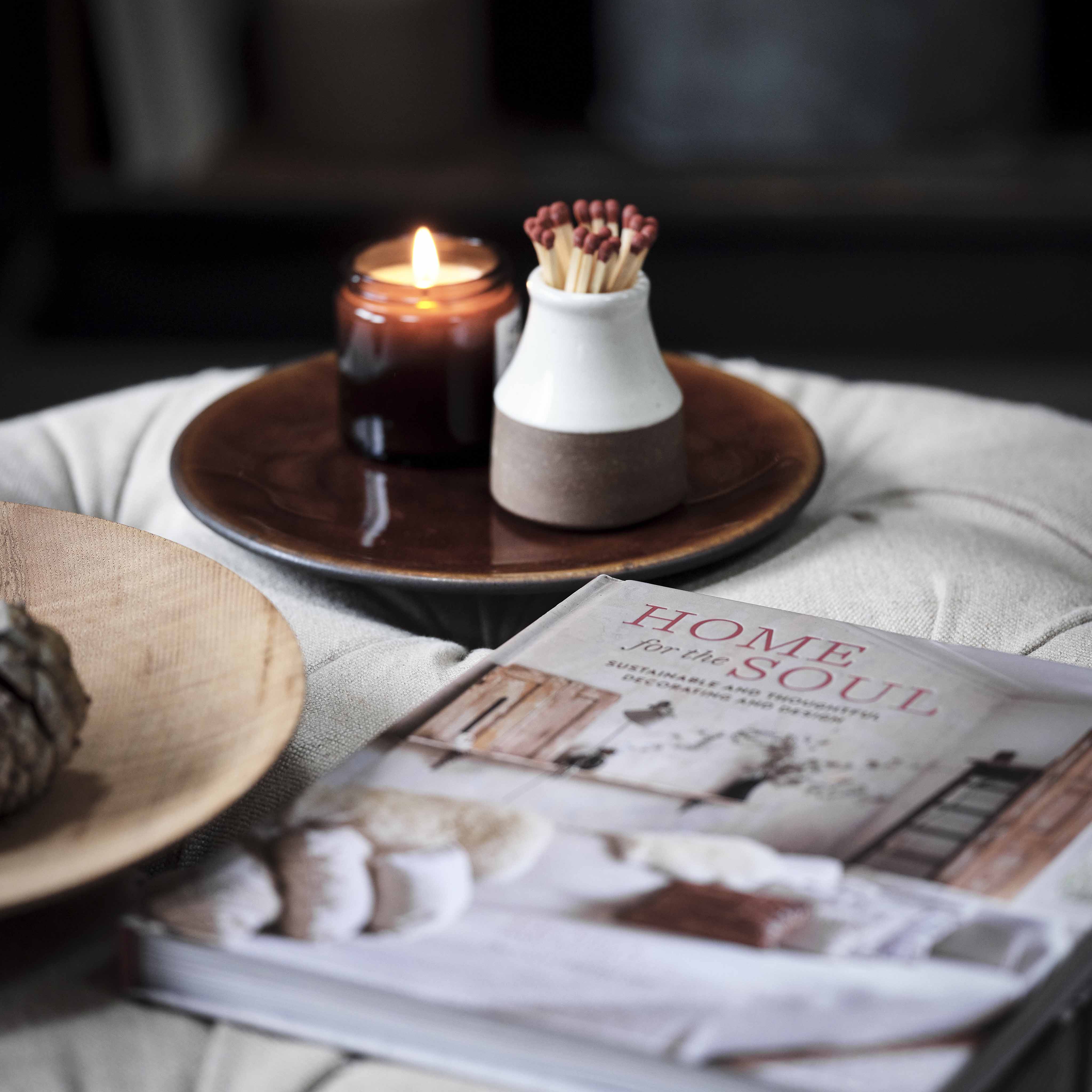
Investing in high-quality, luxury candles does more than make your home smell nice. The higher quality the candle, the higher quality the wax, meaning you are more likely to get an even burn easily, avoiding tunneling with less effort.
Soy wax is generally considered to be one of the best wax choices for candles. Not only does it melt easily, resulting in an even burn, but it burns cleanly, to reduce indoor air pollution, and has a good fragrance throw, so you can smell your candle further around your home. Other fantastic options include coconut and beeswax.
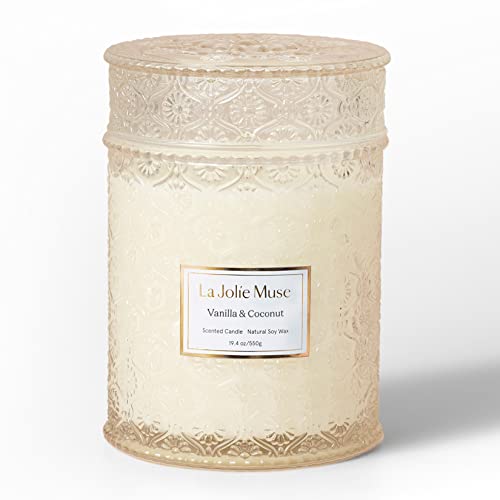
Indulge in rich notes of vanilla and tonka bean, with a soft hint of coconut. This soy 19.4oz candle will burn for around 90 hours.

With vanilla, caramel, and biscotti layers, this layered woodwick candle is perfect for sweet lovers. These candles make a crackling sound which can be soothing, but also if you are sensory-sensitive it's good to know.
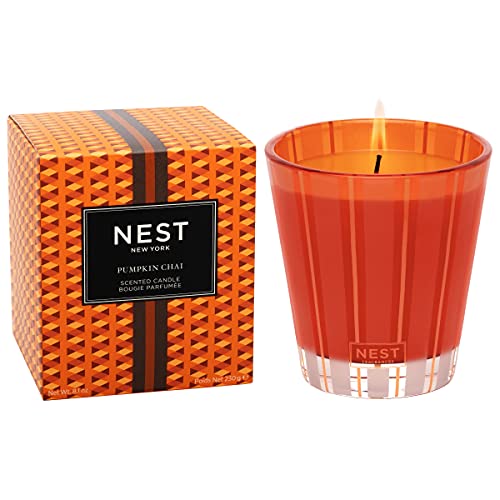
Wild pumpkin, spicy masala chai, cardamom, ginger, and cinnamon combine in this sophisticated fragrance, creating a cozy autumn ambience in your home.
2. Pay attention to the wick

Unless you make candles at home, it's easy to forget about the wick or overlook it. However, picking a candle with a good wick is essential to avoiding candle tunneling.
Gena Surphlis, founder and CEO at 024 Inc., the elevated home fragrance brand, explains, ‘When picking a candle, consider if the correct type of wick is being used. Look at the size in comparison to the surface of the candle, a small wick in a large candle will end up tunneling.’
If shopping for larger candles, look for candles with thicker wicks, or multiple wicks spaced out evenly to reduce the risk of future tunneling.
Gena continues, ‘Take note of the material – is it the correct wick for the wax and the fragrance ingredients? If an incompatible wick is used, this can damage the integrity of the candle.’ Most high-quality wicks are made from braided, plaited, or knitted cotton fibers to encourage a slow and consistent burn. Twisted or straight wicks will usually result in an uneven burn.
She adds that you should also, ‘always cut your wick ¼ inch before lighting your candle to ensure an even burn.’
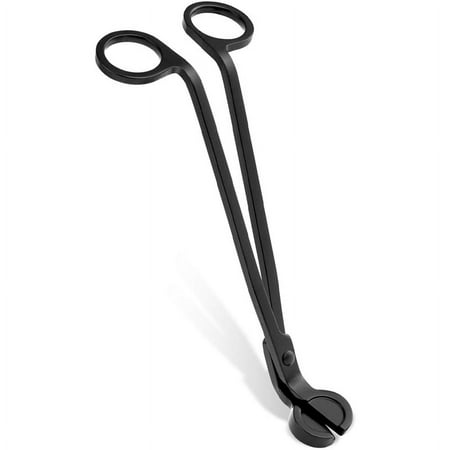
Make trimming candle with easy with a dedicated candle trimmer. it ensures a clean even cut without getting your scissors waxy.
3. Burn to the edge every time

With the right wax and the wicks picked out, preventing tunneling then comes down to how you burn your candles. The first and most important tip is that on the first burn, you burn the candle till the melted wax meets the edge. This is because wax that has melted on a burn already will melt again more easily. Blowing out your candle on its first burn before it reaches the edge creates a bit of a barrier that remains from there on in.
After that, Karen Lawrence, founder at Lulu Candles says, ‘I recommend every burn should last around four hours to keep candles tunnel-free. If you burn your candle for more, you run the risk of the candle's heat index being too high, thus potentially overheating the glass where it could crack or shatter.
It is important to note that ‘These recommendations vary by candle brand, wax type, fragrance formula and wick thickness and material,’ Karen warns. If you are in doubt, check the manufacturer’s instructions. For candles in smaller jars, this might be on their website.
4. Pick the right spot for your candles
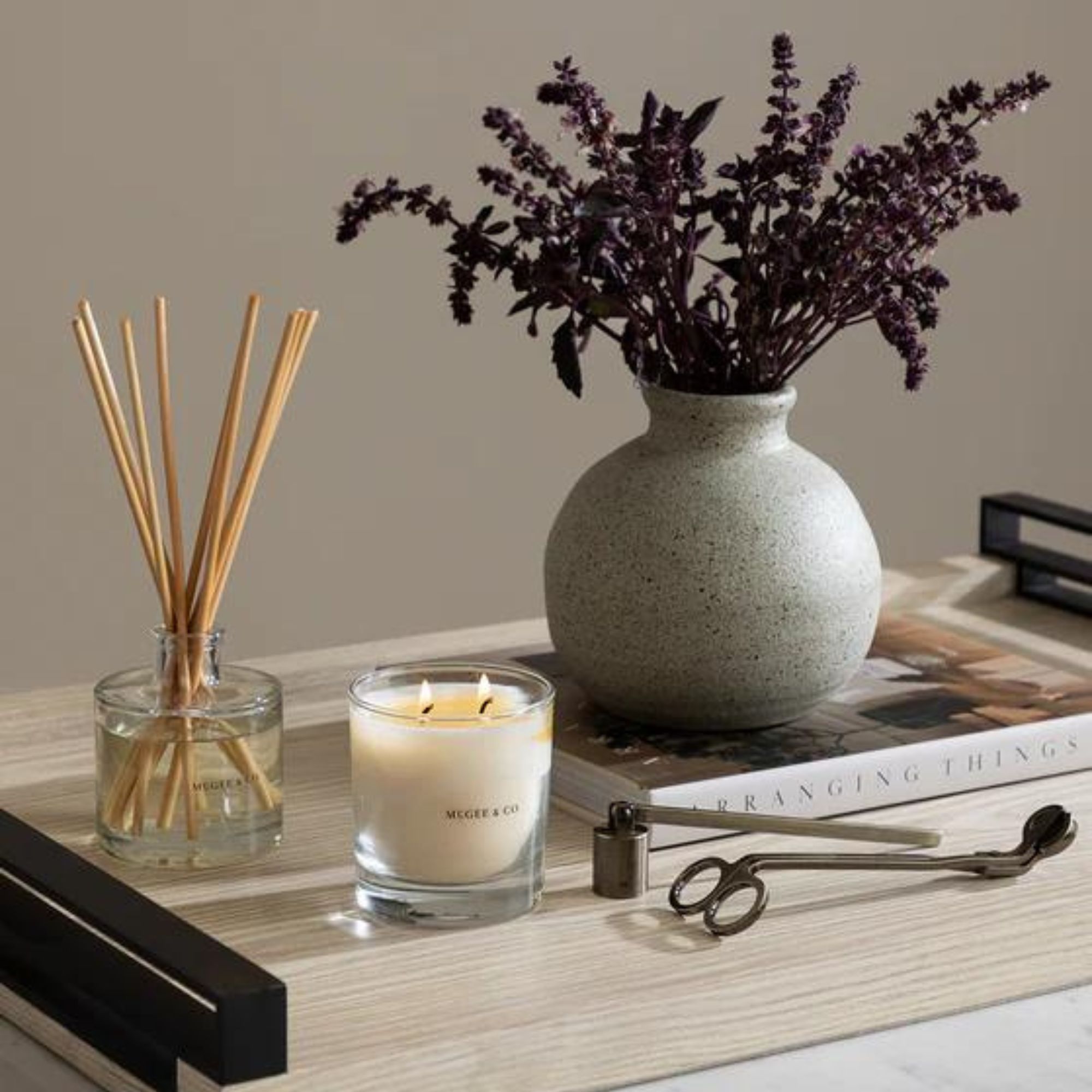
Where you place your candle has a bigger impact than making your home smell good all the time. Yes, placing them by the front door will ensure it is the first thing guests smell, but it can also lead to tunneling.
Isabel Alvarez, candle expert and founder of Albisa Candles says, ‘Breezes or drafts can cause the flame to burn inconsistently and cause candle soot – as can high-traffic areas which can experience a draft as people walk by it. Worse yet, an open window can have a breeze and blow your curtain into the flame! Be sure it’s placed in a spot where the flame won’t flicker too much.
‘Next, make sure your candle is on a stable, flat surface,’ Isabel continues. ‘The bottom of the candle can get hot, so always use a proper candle holder to protect the surface where the candle is placed. It can also help it to burn evenly. If the candle needs to be moved, extinguish the candle and allow the melted wax to cool before moving the candle. This will avoid the wax from splashing out and possibly burning you, or from setting unevenly.’
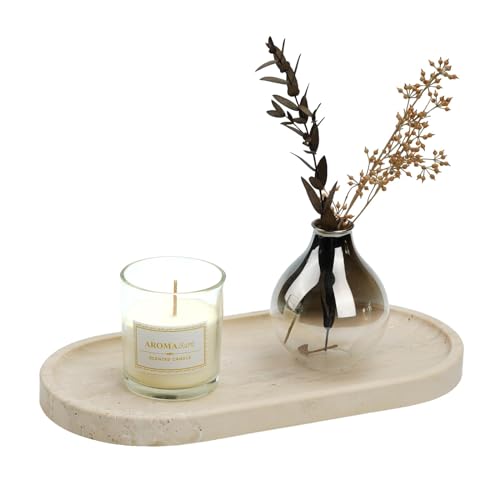
Keep your candles on a 'safe to burn' surface such as a stone tray. The tray will keep the candle level while ensuring the surface beneath the jar is not damaged by heat. A tray can also help to purposefully corral other decor pieces nearby to avoid candles and ornaments looking like clutter.
Preventing a candle from tunneling is the best way to keep it in top condition. However, if you end up with tunneling, all is not lost, assures Gena Surphlis, candle expert. ‘You can use aluminum foil to fix a candle that has started to tunnel,’ she says. ‘Create a one-inch hole in the center to ensure the flame receives sufficient oxygen for combustion. Let the candle burn until the wax melts evenly across the surface, reaching the edges of the container. The aluminum foil aids in retaining heat, allowing the entire top layer of wax to liquefy.’
Next, learn how to reuse candle jars around your home once your candles are finished.
Sign up to the Homes & Gardens newsletter
Design expertise in your inbox – from inspiring decorating ideas and beautiful celebrity homes to practical gardening advice and shopping round-ups.

Chiana has been at Homes & Gardens for two years and is our resident 'queen' of non-toxic living. She spends most of her time producing content for the Solved section of the website, helping readers get the most out of their homes through clever decluttering, cleaning, and tidying tips. She was named one of Fixr's top home improvement journalists in 2024.
-
 Martha Stewart's intelligent cabinets 'take every inch into consideration' – their 'visually light' style will solve your small kitchen storage problems
Martha Stewart's intelligent cabinets 'take every inch into consideration' – their 'visually light' style will solve your small kitchen storage problems'Every kitchen can be beautiful and functional, no matter what the size': 9 years since sharing her clever storage, Martha's cabinets are just as beautiful
By Megan Slack Published
-
 This once-dated kitchen is now a timeless space with the coziest details – and its the classic color palette that's made it a chic, welcoming space
This once-dated kitchen is now a timeless space with the coziest details – and its the classic color palette that's made it a chic, welcoming spaceWarming colors and natural materials combine to create this enduringly classic kitchen scheme
By Molly Malsom Published
-
 More than just a scent – experts reveal you can 'enhance well-being' by picking functional fragrances for your home
More than just a scent – experts reveal you can 'enhance well-being' by picking functional fragrances for your homeThey have 'been composed specifically to interact with your brain', experts explain
By Chiana Dickson Published
-
 How we tests reed diffusers at Homes & Gardens to bring you our top picks
How we tests reed diffusers at Homes & Gardens to bring you our top picksLearn everything about the crucial criteria we use to recommend reed diffusers
By Ottilie Blackhall Published
-
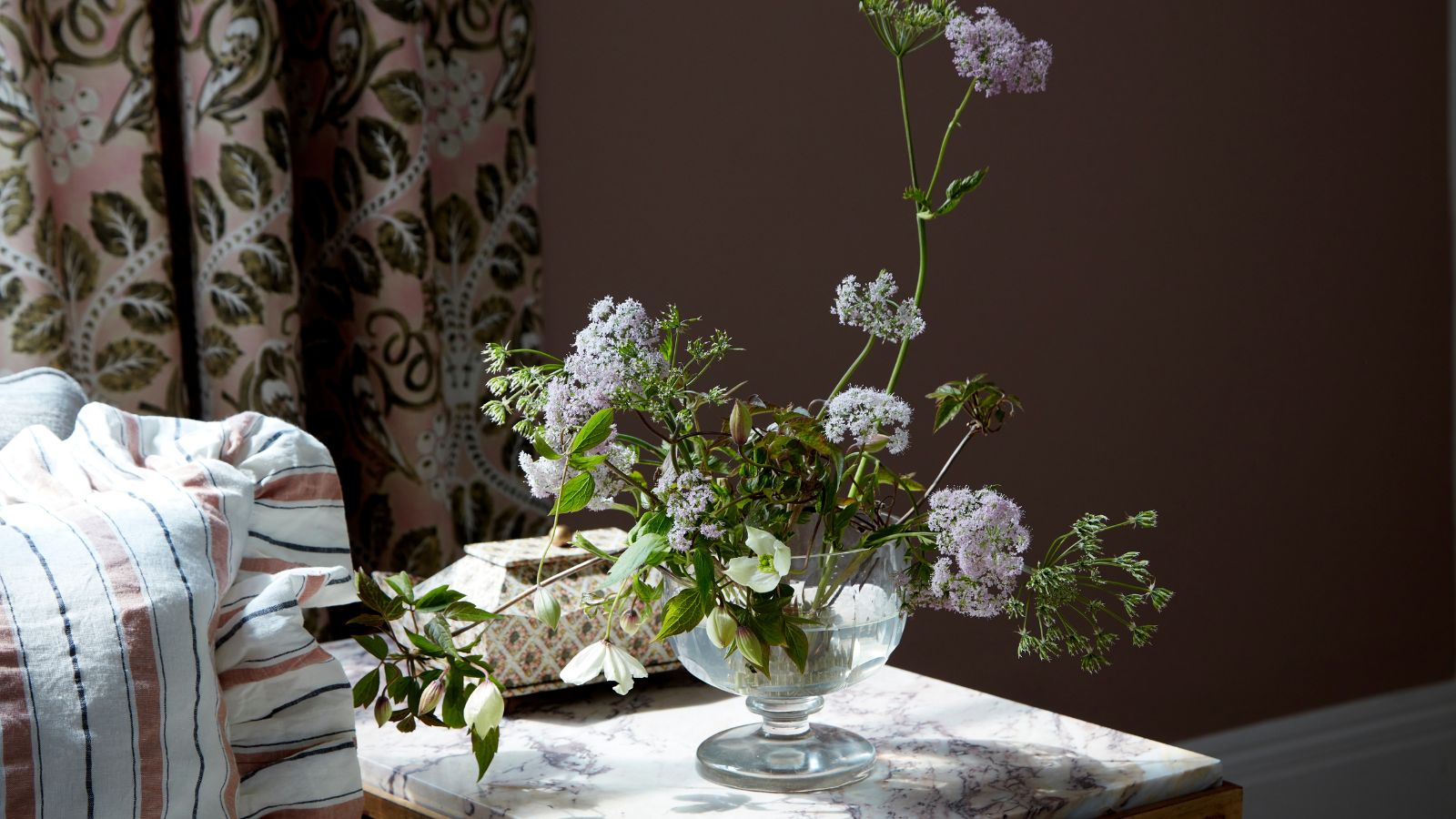 I love my expensive Malin+Goetz room spray for banishing dog odors at home – but I’ve found the perfect alternative for under $15
I love my expensive Malin+Goetz room spray for banishing dog odors at home – but I’ve found the perfect alternative for under $15A spritz of these spring scents last up to two hours
By Ottilie Blackhall Published
-
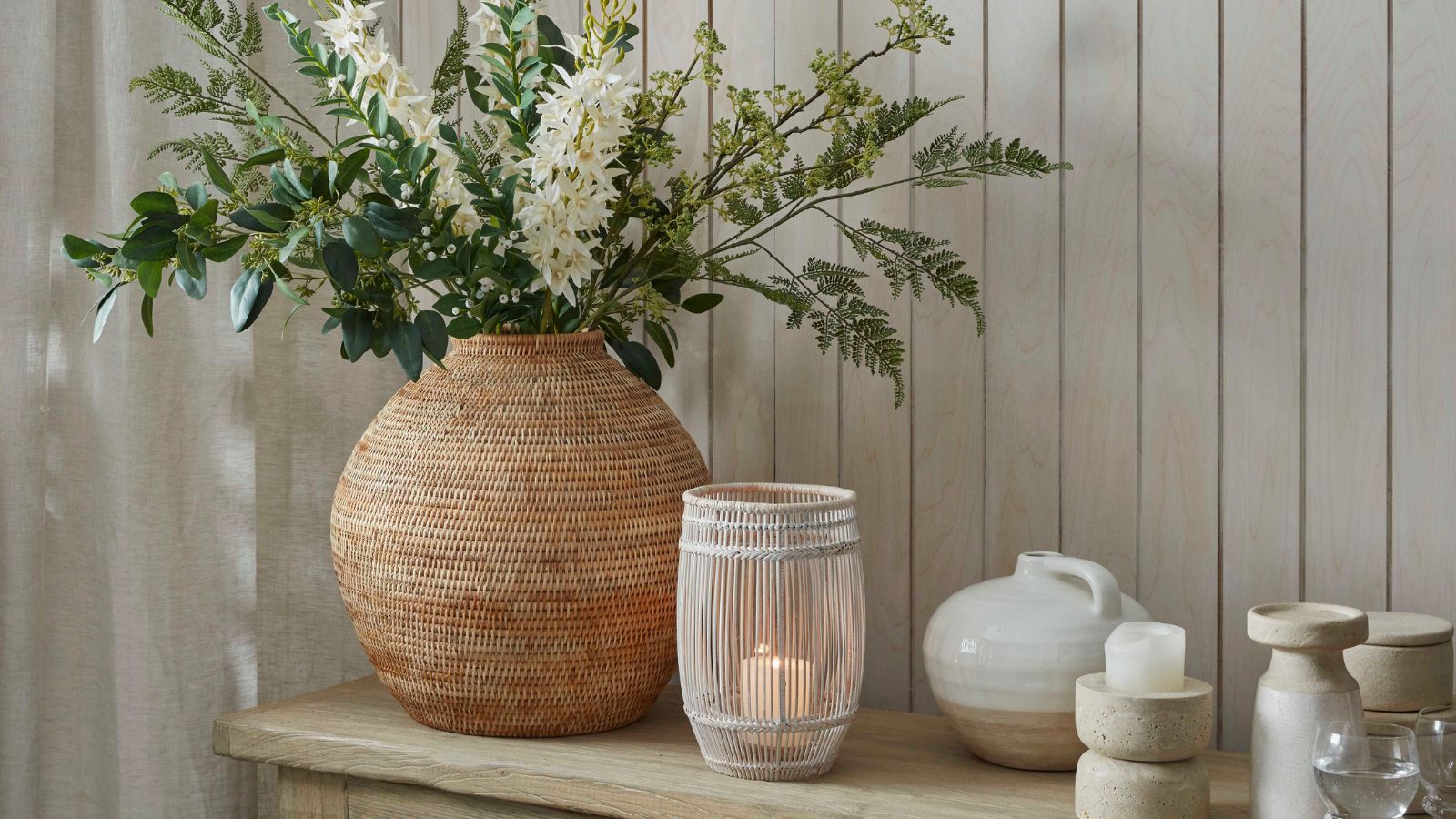 I tried using a Zodiac candle to cleanse my home of bad energy and kick-start my spring decluttering with surprising results
I tried using a Zodiac candle to cleanse my home of bad energy and kick-start my spring decluttering with surprising resultsThis home scenting idea is out of this world
By Ottilie Blackhall Published
-
 I ditched smokey incense sticks and candles for non-toxic dry-fragrance reeds – now my house always smells like a luxurious hotel for just $18
I ditched smokey incense sticks and candles for non-toxic dry-fragrance reeds – now my house always smells like a luxurious hotel for just $18They smell so good and last for longer than oil reed diffusers
By Punteha van Terheyden Published
-
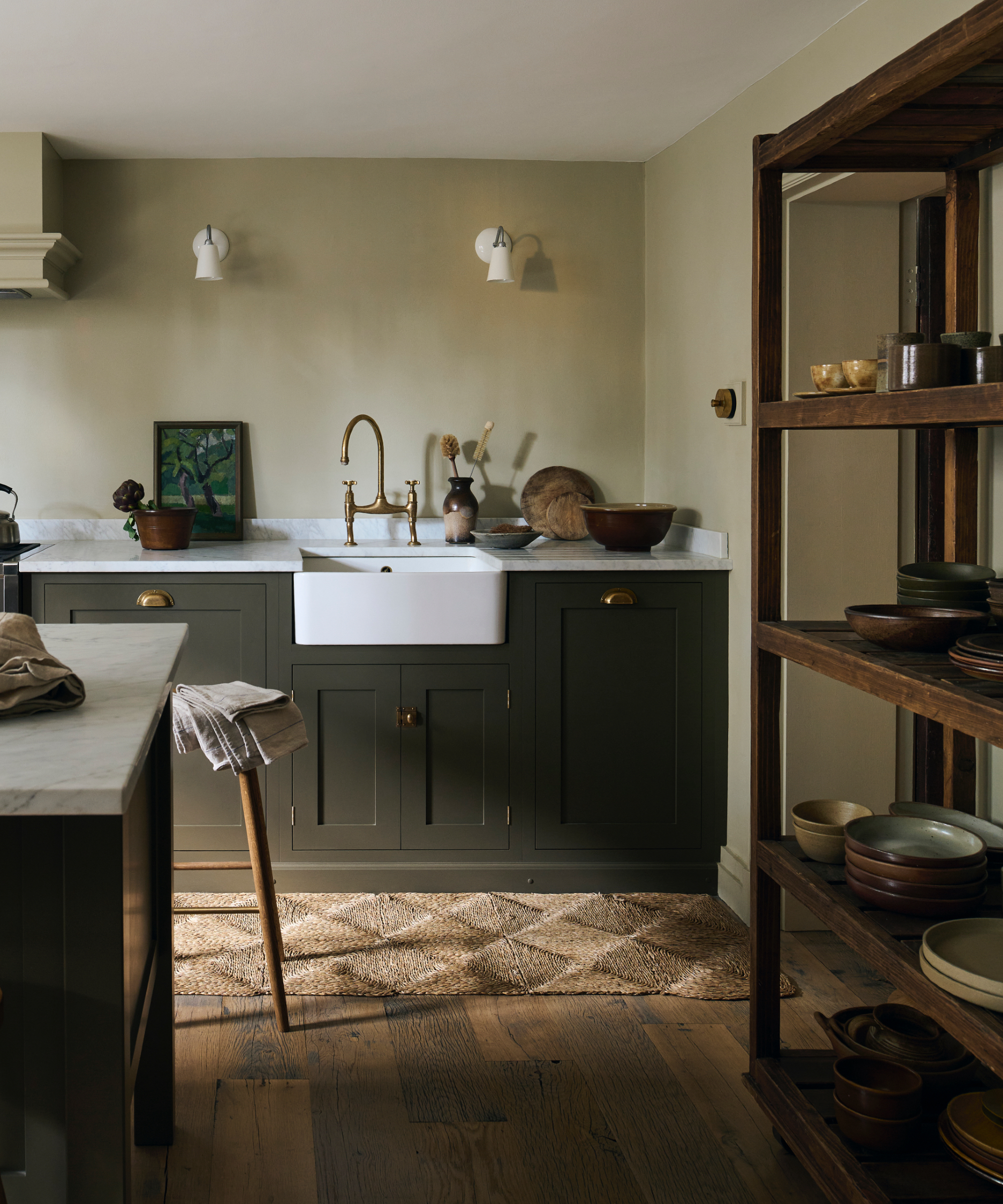 5 non-toxic ways to make your home smell nice all the time – without harming your health or the planet
5 non-toxic ways to make your home smell nice all the time – without harming your health or the planetClean, simmer and spritz your way to a great smelling space
By Ottilie Blackhall Published
-
 I switched to these electric diffusers and my home now always smells luxurious – they're easy to control and much more potent than reed diffusers
I switched to these electric diffusers and my home now always smells luxurious – they're easy to control and much more potent than reed diffusersElectric diffusers are better value for money and have versatile running options
By Punteha van Terheyden Published
-
 5 things safety experts warn to watch out for so you can pick truly non-toxic candles
5 things safety experts warn to watch out for so you can pick truly non-toxic candlesAvoiding these will help you pick the ultimate non-toxic candle for your home
By Chiana Dickson Published